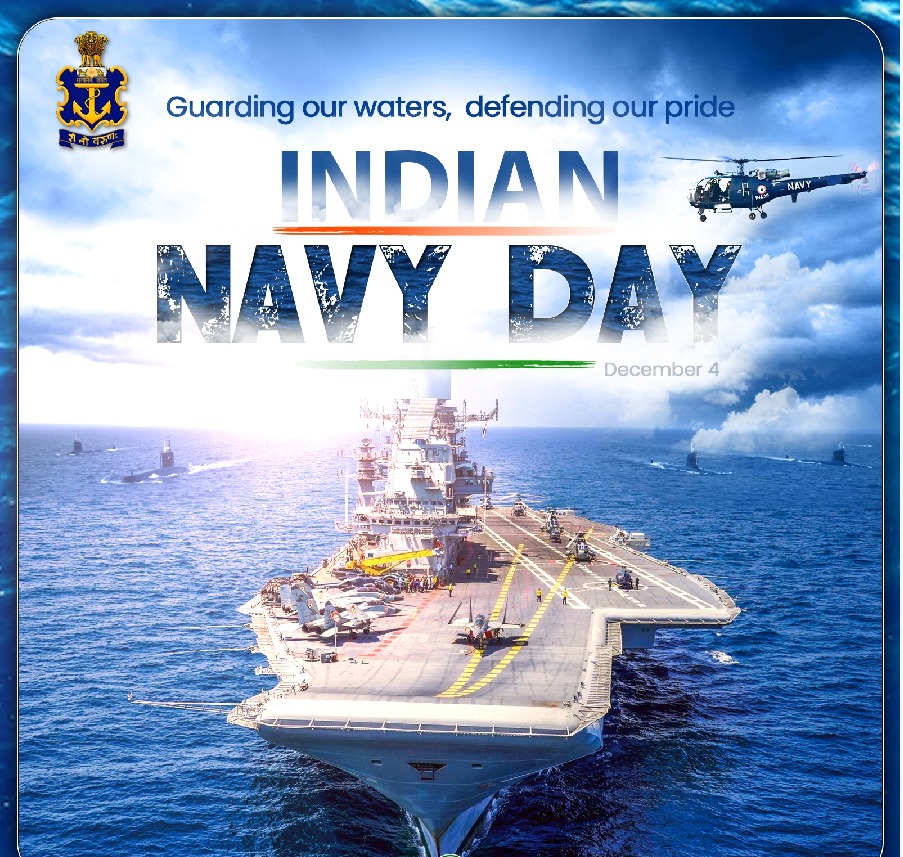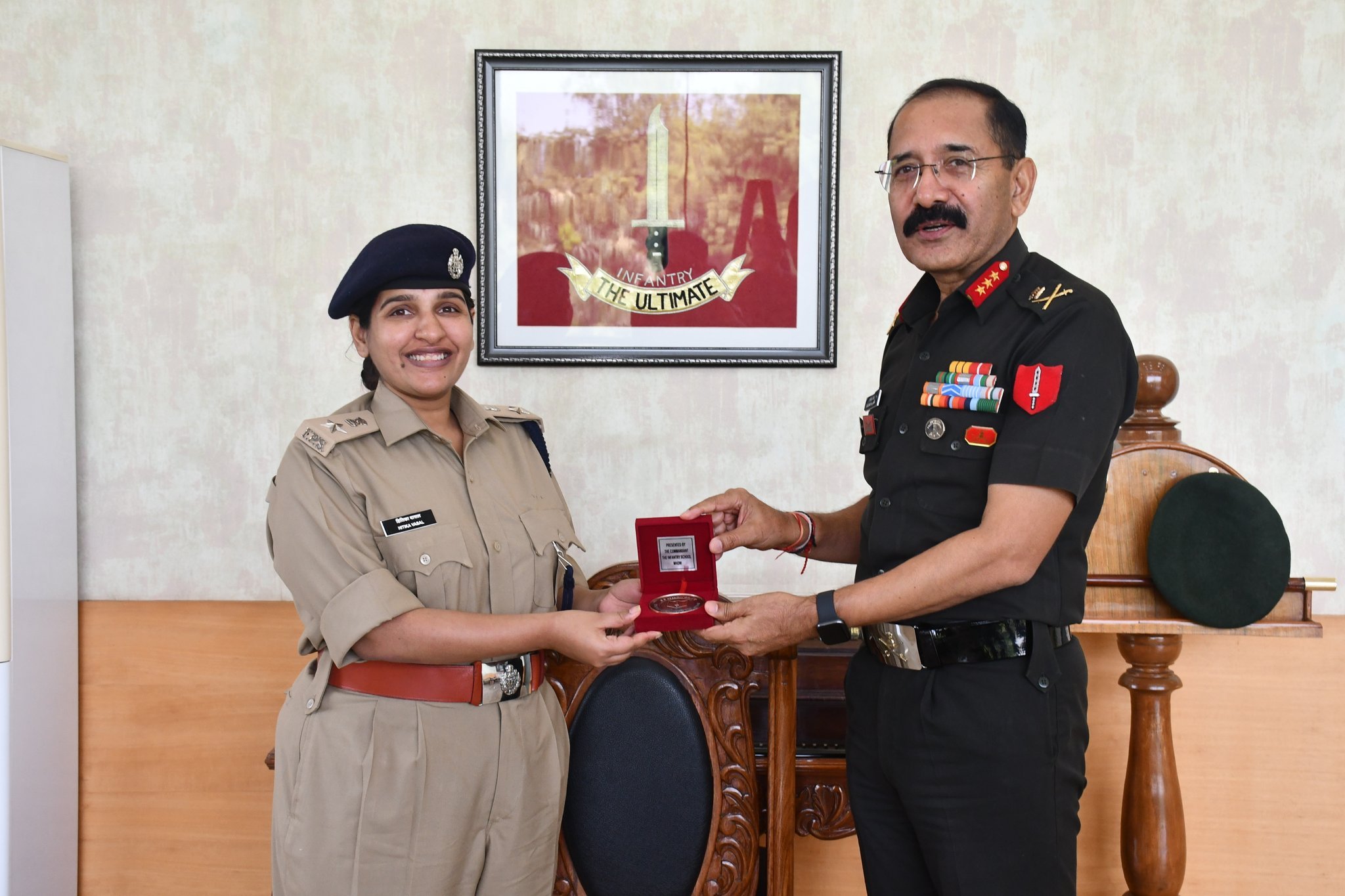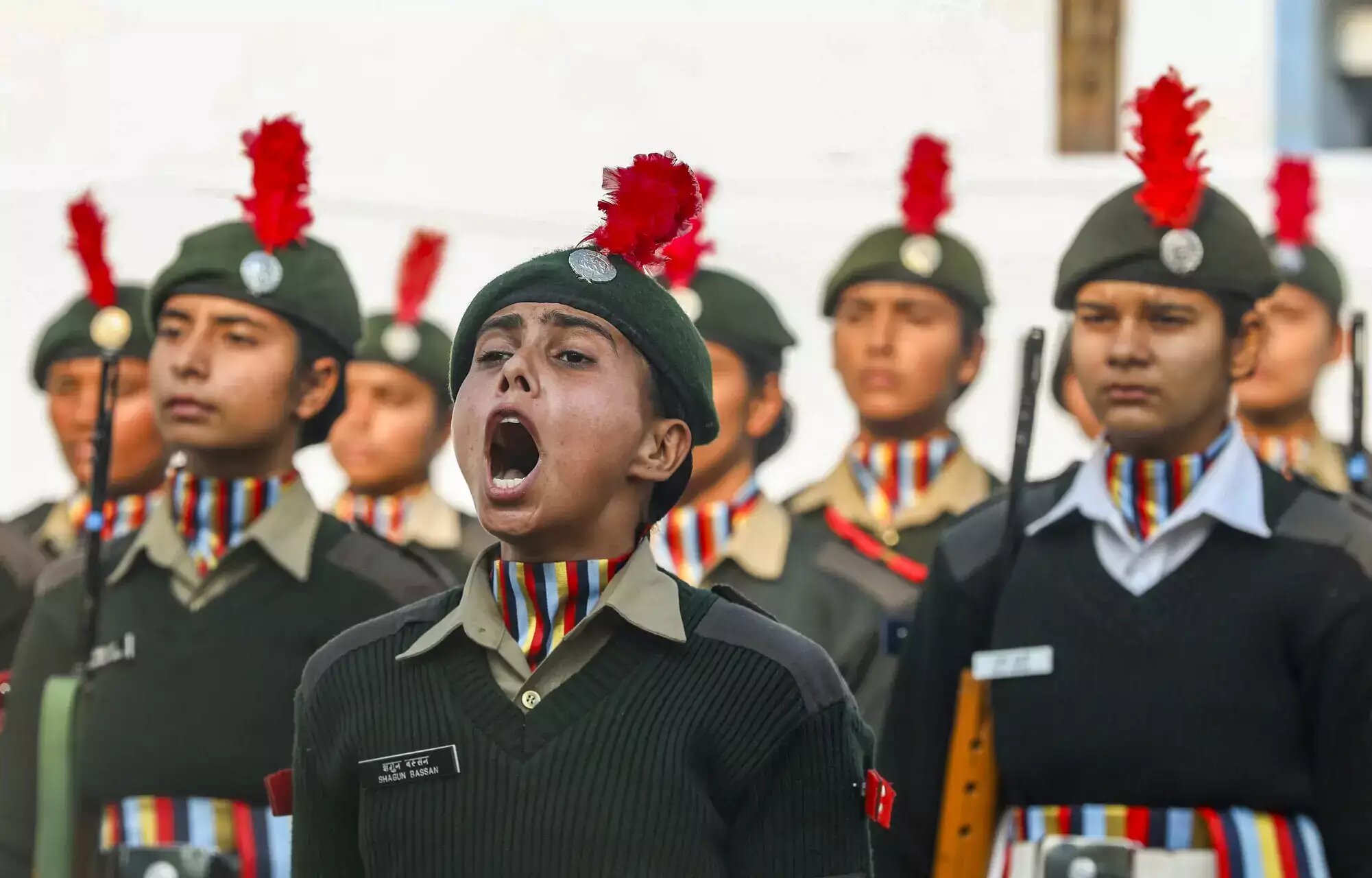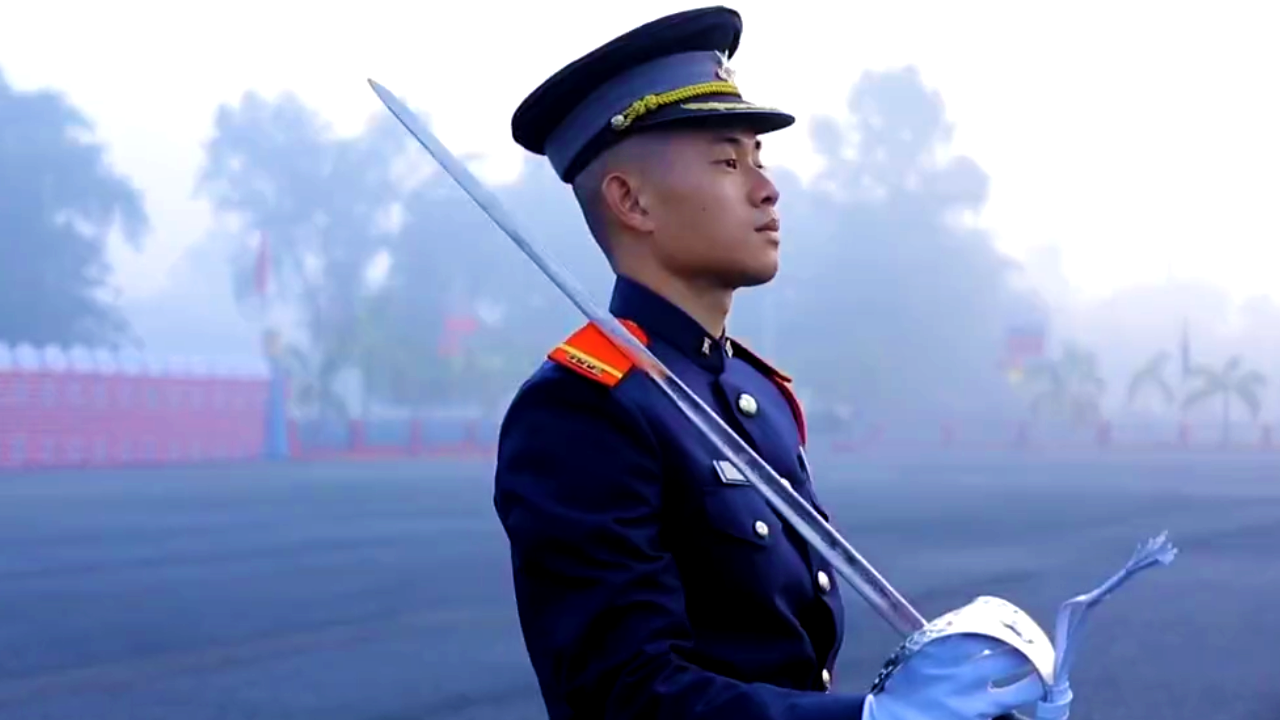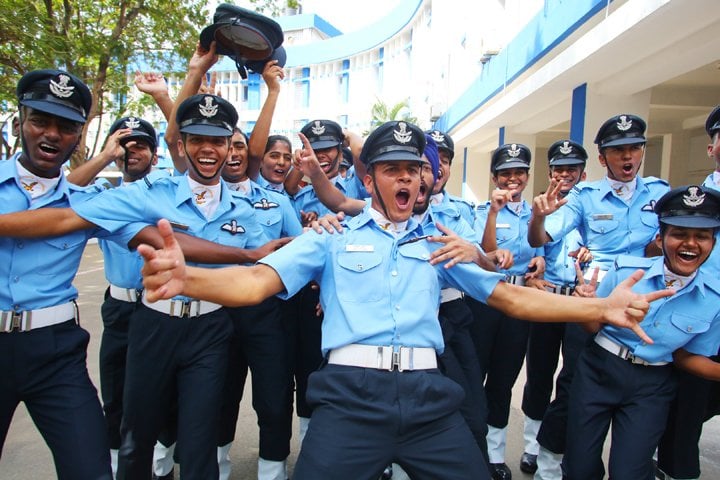Since its inception on December 4, 1971, Navy Day has been a significant occasion for the Indian Navy, commemorating its maritime triumph over Pakistan during the Bangladesh Liberation War. However, as 2024 approaches, the Indian Navy faces a daunting challenge in the form of an expanding Pakistan naval force, bolstered by Chinese support.
In preparation for this evolving maritime landscape, the Indian Navy is aligning its strategies with the Indian Army, which is poised for a multi-front conflict scenario involving Pakistan and China, alongside potential pirate threats. Admiral Dinesh K. Tripathi, the Chief of Naval Staff, has explicitly articulated concerns regarding Pakistan’s modernization of its naval capabilities despite its struggling economy, a process heavily facilitated by Chinese assistance.
Recent assessments indicate that while the Indian Navy maintains a tactical advantage over its Pakistani counterpart, it is nonetheless playing catch-up in several critical areas. The Pakistan Navy aims to establish one of Asia’s largest and most modern submarine fleets. Currently, Pakistan’s naval forces include three upgraded Khalid class submarines and plans to acquire advanced Hangor class submarines, constructed in collaboration with China. These submarines are expected to incorporate Air Independent Propulsion (AIP) technology, which greatly enhances their operational capabilities.
The anticipated induction of the Hangor submarines, expected between the late 2020s and early 2030s, will significantly augment Pakistan’s sub-surface fleet. Furthermore, there are indications that Pakistan is pursuing shallow-water attack submarines, positioning itself for a comprehensive undersea strategy that could shift the regional tactical balance in its favor.
The Indian Navy, by contrast, operates a fleet of 16 conventional submarines, many of which are nearing the end of their operational lives. The aging Shishumar and Sindughosh classes, some of which are over 30 years old, are facing logistical challenges exacerbated by the ongoing conflict in Ukraine, which has hindered supplies. Admiral Tripathi expressed concern over Pakistan’s military ambitions, suggesting that the nation prioritizes military capabilities over the welfare of its citizens, and he acknowledged China’s active role in reinforcing the strength of the Pakistan Navy.
In parallel to its submarine enhancements, Pakistan is increasing the size of its surface fleet with ambitions to operate about 50 warships, including major surface vessels such as frigates and corvettes. The Indian Navy acknowledges that a robust submarine presence is vital to safeguarding India’s extensive 7,500 km coastline and to counter threats from both Pakistan and China.
While India’s latest Kalvari class submarines have actively patrolled sensitive areas, the gap in naval capabilities between India and Pakistan is narrowing. Pakistan has also made significant advancements in its shipbuilding capabilities at Karachi Shipyards and Engineering Works, equipping itself to support a broader range of naval operations, including the construction of larger vessels.
Geopolitical dynamics complicate matters further, as China expands its presence in the Indian Ocean Region (IOR). Admiral Tripathi revealed that the Indian Navy closely monitors Chinese naval activities, including their involvement in constructing strategic ports in neighboring nations. Recent developments have included Chinese naval vessels docking in Chittagong and increased Chinese investments in Sri Lankan ports, raising concerns about China’s growing influence in India’s maritime backyard.
In response to these multifaceted challenges, the Indian Navy is recalibrating its strategic approach. Admiral Tripathi has emphasized the importance of embracing disruptive technologies such as artificial intelligence, machine learning, robotics, and quantum computing to enhance naval operations. Moreover, the Indian government has initiated plans to construct two nuclear-powered attack submarines to bolster undersea warfare capabilities, a move considered essential given the emerging threats from both the Pakistan Navy and the People’s Liberation Army Navy.
Adding to its maritime capabilities, the Indian Navy is expected to enhance its air power by finalizing a deal for 26 Rafale M fighter jets, which would significantly bolster its operational reach within the IOR. Negotiations for additional Scorpene-class submarines are also underway, alongside the anticipated acquisition of MQ-9 Predator drones for enhanced surveillance in critical maritime areas.
The Indian Navy’s ongoing collaboration with the Indian Air Force has demonstrated its commitment to acting as the first responder in the IOR, highlighted by a recent successful anti-piracy operation involving marine commandos. This operation, noted for its exceptional execution, showcased India’s naval capabilities and underscored the importance of a robust maritime presence in maintaining regional security.
As the Indian Navy contemplates its future in a complex and evolving geopolitical landscape, the focus remains firmly on transforming its operational capabilities to effectively counter the multifaceted threats posed by Pakistan, China, and evolving maritime dynamics.

